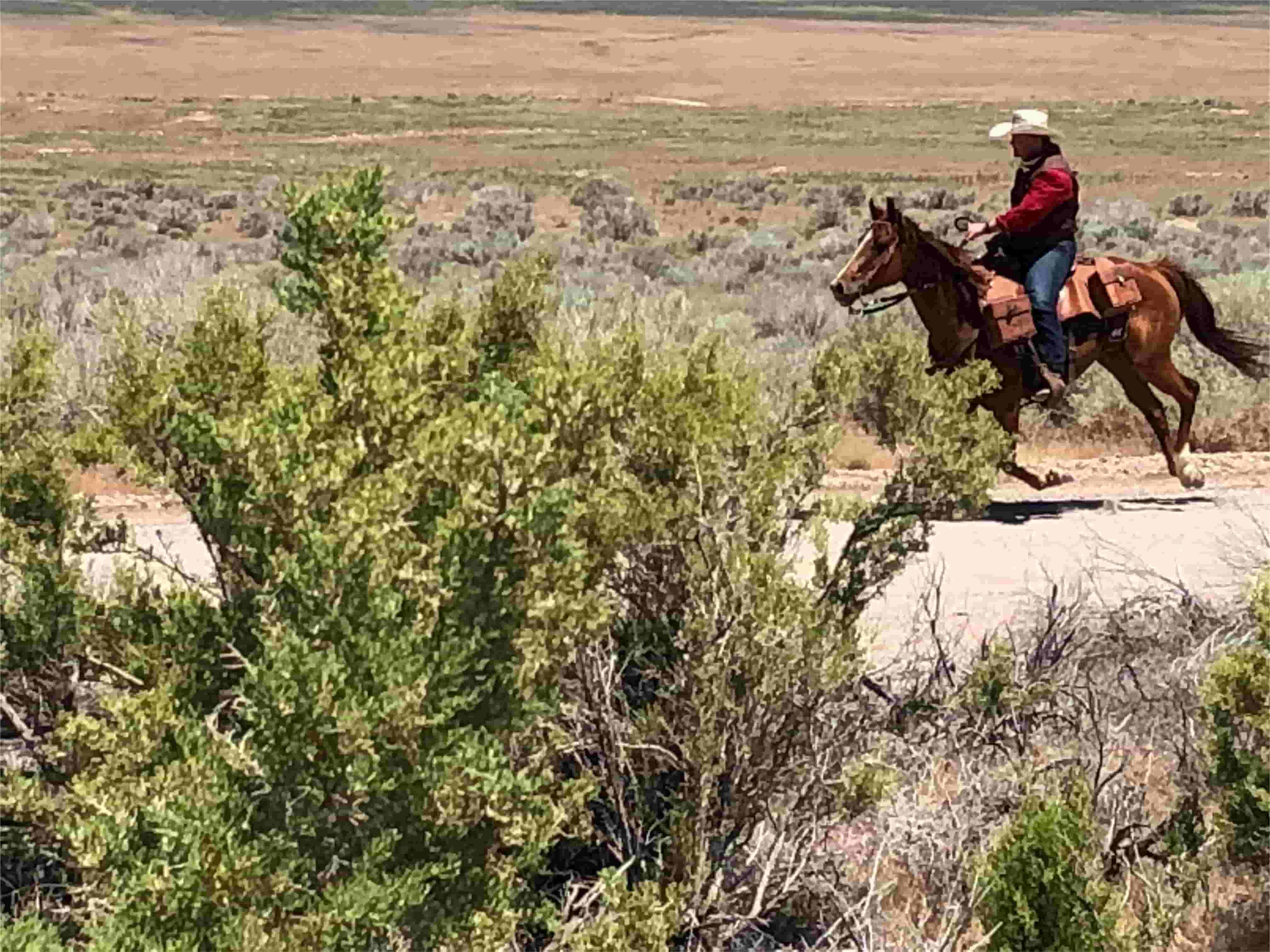Secrets Of Utah’s Pony Express Trading Routes

Have you ever wondered about the Pony Express trading routes in Utah? These historic paths played a crucial role in connecting the East and West during the mid-1800s. Riders braved harsh weather, rough terrain, and long hours to deliver mail swiftly. Today, you can explore these routes and imagine the challenges faced by those brave couriers. From the rugged mountains to the vast deserts, Utah's landscape offers a glimpse into the past. Whether you're a history buff or an outdoor enthusiast, tracing the Pony Express routes provides a unique adventure. Ready to step back in time and uncover these historic trails?
Secrets of Utah's Pony Express Trading Routes
The Pony Express was a legendary mail service that operated from April 1860 to October 1861. Riders braved harsh conditions to deliver mail across the American West. Utah played a crucial role in this network, with several key trading routes and stations. Let's uncover some of these historical gems.
1. Salt Lake City
Salt Lake City served as a major hub for the Pony Express. Riders would rest and resupply here before continuing their journey. The city was a bustling center of commerce and communication.
2. Camp Floyd
Located southwest of Salt Lake City, Camp Floyd was a military post established to quell the Mormon Rebellion. It became a vital stop for Pony Express riders, offering protection and supplies.
3. Simpson Springs
Simpson Springs was a remote yet essential station. Riders could find fresh horses and a brief respite from the grueling ride. The spring provided much-needed water in the arid landscape.
4. Fish Springs
Fish Springs offered another crucial water source. This station was isolated, making it a challenging yet necessary stop. Riders relied on the springs to stay hydrated and keep their horses in good condition.
5. Deep Creek
Deep Creek was one of the last stations before riders crossed into Nevada. It provided a final chance to rest and resupply. The creek's water and the station's resources were invaluable for the long journey ahead.
6. Ibapah
Ibapah was a remote station near the Utah-Nevada border. It marked the end of the Utah segment of the Pony Express route. Riders would often switch horses here before continuing westward.
7. Rush Valley
Rush Valley, located in Tooele County, was another critical stop. The valley's fertile land provided ample grazing for horses. Riders could also find shelter and supplies at the station.
8. Faust
Faust Station, named after its founder, was a key resupply point. It offered fresh horses and provisions. The station's strategic location made it a vital link in the Pony Express chain.
9. Dugway
Dugway Station was situated in a desolate area. Despite its isolation, it played a crucial role in the Pony Express network. Riders could find water and fresh horses, essential for their arduous journey.
10. Willow Springs
Willow Springs was a small but significant station. The springs provided a reliable water source. Riders would often take a brief rest here before continuing their trek.
11. Egan Canyon
Egan Canyon was a challenging yet important stop. The rugged terrain made it difficult to navigate, but the station offered much-needed resources. Riders could find fresh horses and water, crucial for their journey.
12. Schellbourne
Schellbourne was one of the last stations before reaching Nevada. It provided a final chance to rest and resupply. The station's resources were essential for the long ride ahead.
13. Ruby Valley
Ruby Valley was a picturesque yet remote station. The valley's natural beauty belied the harsh conditions riders faced. Fresh horses and water were available, making it a crucial stop.
14. Antelope Springs
Antelope Springs was a vital water source in the arid landscape. The station provided fresh horses and a brief respite. Riders relied on the springs to stay hydrated and keep their horses in good condition.
15. Schell Creek
Schell Creek was another important stop before crossing into Nevada. The creek's water and the station's resources were invaluable. Riders could rest and resupply, preparing for the final leg of their journey.
These stations and routes were the lifeblood of the Pony Express in Utah. Each played a crucial role in ensuring the mail reached its destination. The legacy of the Pony Express lives on, a testament to the determination and bravery of its riders.
Reliving History on Utah's Pony Express Routes
Utah's Pony Express trading routes offer a unique glimpse into the past. These trails tell stories of brave riders, challenging landscapes, and the spirit of adventure. Exploring these routes, you can almost hear the galloping hooves and feel the excitement of delivering important messages across vast distances.
Visiting landmarks like Simpson Springs and Fish Springs National Wildlife Refuge brings history to life. Each stop along the way reveals more about the hardships and triumphs faced by those who rode the Pony Express.
Whether you're a history buff or just love a good adventure, these routes provide an unforgettable experience. So pack your bags, hit the trail, and step back in time. Relive the days when the Pony Express was the lifeline of communication across the American West.

